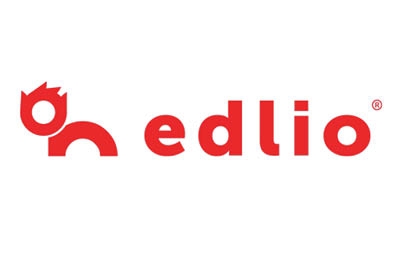Simple technology and invisible security allow parents to focus on what’s important: connecting with their kids’ education.
When I built my first school website in the ’90s, one stand-out feature was the alumni directory, which allowed for searching out classmates no matter where they were in the world. It was a hint of the digital social networks to come but also an acknowledgment that schools are communities.
School communities are different than they were in the ’90s, too, especially as today’s parents expect to be able to connect with those communities online whenever they can squeeze it into their busy days. It’s important, then, to make sure your website reflects your school or district’s community.
Fortunately, a site that accurately presents your community’s identity will also have a positive impact on morale, culture, the ability to compete in a school-choice atmosphere, and teacher retention and recruitment.
Here’s how you can ensure you’re putting your school’s best foot forward online.
Tech that’s easy for everyone
Schools are wonderfully diverse these days, with families from a range of socioeconomic, religious, and international backgrounds. All of this might affect their technological fluency, so what works for one student’s family may not for another. Many student guardians will expect an experience that matches the consumer apps and websites they interact with already, while others may have little experience with technology and become frustrated if they aren’t sure how to find what they want quickly.


